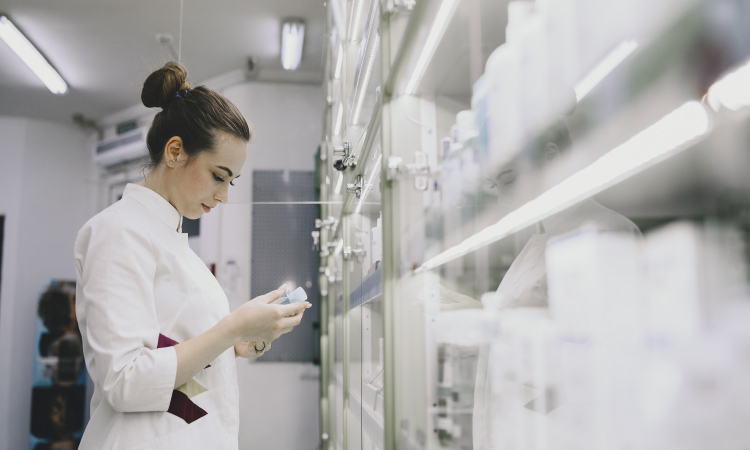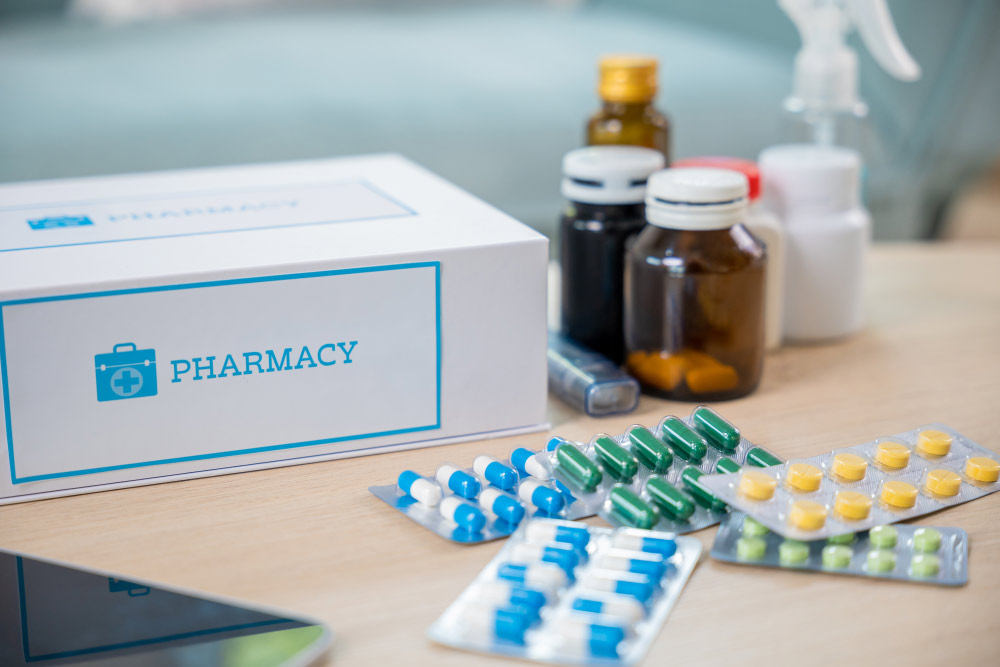Good Distribution Practice (GDP) is a set of standards and guidelines designed to ensure quality, safety, and efficiency in the pharmaceutical supply chain. Implementing GDP is essential to protect public health and to ensure that these products reach patients and consumers in the correct condition.
GDP applies to the storage, transport and distribution of products and, as the European Medicines Agency explains, it outlines the minimum standards that a distributor must meet to ensure that the quality and integrity of medicines is maintained throughout the supply chain. Applying it ensures that products are kept in the appropriate conditions of temperature, humidity, safety, and traceability throughout the distribution process. This is crucial for preserving the quality and integrity of products, preventing contamination, spoilage or counterfeiting. How does this affect the transportation of goods?
- Adequate transport conditions: Sensitive products, such as medicine, need to have strict controls on temperature conditions during transport. The vehicles used should be equipped with monitoring and recording systems to ensure that they remain within the established ranges. They should also take precautions to protect the products from shocks, vibrations, and exposure to direct sunlight.
- Traceability and documentation during transport: It is essential to have a traceability system in place that allows products to be tracked at every stage of the supply chain. This involves having clear and detailed records on the receipt, storage, transport, and delivery of products. Accurate documentation of the transport conditions, including temperature records and incident reports, is also essential.
- Qualified carriers: All professionals involved in the transport and distribution of goods must be adequately trained in GDP. This includes knowledge of storage and transport conditions, proper product handling, risk management and emergency procedures. Constant updating is essential to ensure that staff are up to date with best practice and regulatory requirements.
- Quality control: GDP requires a rigorous approach to quality control for products during transport. Regular inspections must be carried out to verify the integrity of packaging, correct labelling, current expiry dates and any other specific requirements. Contingency plans are also necessary to deal with unexpected situations, such as delivery delays or adverse weather conditions.

Good distribution and transport practices in the EU and the US
Good distribution practices laid down by the GDP ensure that medicines in the supply chain are authorised in accordance with EU legislation, as well as that medicines are transported under appropriate conditions at all times. In other parts of the world, such as the United States, Current Good Manufacturing Practice (CGMP) regulations are in place to help ensure the quality of pharmaceutical products in the country. For the US, it is also worth mentioning Title 21 of the Code of Federal Regulations (CFR) and the Good Distribution Practices published by the WHO (World Health Organisation).
At Airpharm we apply the GDP to all the shipments we deliver. Our team of professionals is qualified and constantly updated to ensure that the transport of medicine is effective, safe, fast, personalised, and traceable. If you want to optimise the transportation for your medicine and upgrade to a higher level, contact Airpharm now and we will tell you how we work.


